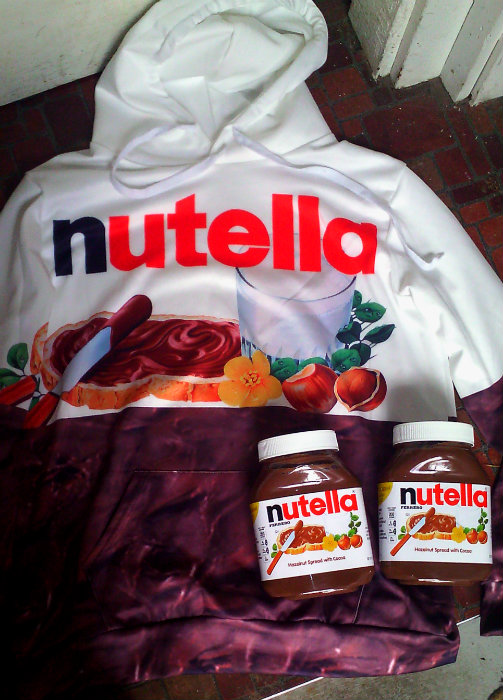Happy new year! I still have three more days of Christmas in which to finish up my holiday correspondence, but other than that I’m back, and so are most of those around me. Sanguinity and I had a good few days with her parents– I’m not usually one for posting photos of presents I receive, but check out the awesomeness from my in-laws:

I’m still working on my list of books that I read in 2016. I’ll post a link to it when it’s done, but in the meantime here are
Ten Top Picks from 2016
Beware the Power of the Dark Side! by Tom Angleberger. Children’s, 2015. An authorized novelization of Return of the Jedi. By contract, Angleberger had to use all the movie dialog exactly as it was performed– but he makes use of authorial asides, retcon, and description to set his own pace and tone. A fun reading experience for someone who knows the film well and is also interested in how books are put together. And it must have been a blast for him to write, as a longtime fan!
Tumbling, by Caela Carter. YA, 2016. Audiobook narrated by Emily Eiden. Follows six girls at a fictional US Olympic Trials meet. I learned a little more about gymnastics, and the drama was satisfying without becoming over-the-top soap opera. The narrator had “young” speech patterns like vocal fry.
The Long Way to a Small Angry Planet, by Becky Chambers. Fiction, 2014. Space opera featuring a small cast of varied species, on a long-term work assignment in space. Fun!
The Rest of Us Just Live Here, by Patrick Ness. YA, 2015. For every story of outsider high school kids fighting supernatural powers, there’s a townful of regular kids trying to figure out their regular lives. Each chapter begins with a paragraph or two about the “indie kids” and what their TV show plot would be… then the rest of the chapter is the regular kids’ story, with only occasional intersections with the supernatural plot. The regular kids and their friendships were well-drawn, too. Best book I read this year.
Lucy and Linh, by Alice Pung. YA, 2016. Lucy gets a scholarship to the fancy Melbourne girls’ academy, where her race, low-income family, and immigrant background ensure she is very much alone. She observes the political machinations at school and tries to navigate her new social milieu and its repercussions at home. I loved her relationship with her baby brother, and her mother’s quiet speech about the value of their close family. Pair with both Counting By 7s and The Disreputable History of Frankie Landau Banks.
The Cosmopolitans, by Sarah Schulman. Fiction, 2016. A retelling of Balzac’s Cousin Bette (which I haven’t read), set in the Village in the late 1950s. A middle-aged white single woman’s dearest friend is the gay black man who lives across the hall, but when her ambitious cousin shows up, all the relationships shift. The characters have to re-interpret the past and learn new patterns. Beautifully stylized, with themes familiar from following Schulman’s career. This version of French Realism lets Schulman take her time and lovingly develop all the details of 1958 New York and the characters’ inner lives.
Ludell, by Brenda Wilkinson. Children’s, 1975. Ludell lives in Georgia in 1955, a poor black kid in an all-black community. No school lunch program yet– the teachers sell hot dogs, soda and candy at lunchtime. Blue jeans for girls are just coming into fashion. Great details. I liked the immersion in black culture and the dialect (“nem” for “and them”). The dialog tags had a lot of shouting and yelling that reminded me of the Harriet the Spy books. The rest of the trilogy was also good. I hope to write a Wikipedia article about this author.
Shadow Hero, by Gene Luen Yang, art by Sonny Liew. Comics, 2014. The Green Turtle was the first superhero drawn by a Chinese American artist, Chu F. Hing, during WWI. He wanted to make the Green Turtle Chinese, but his editor wouldn’t let him. So Green Turtle’s face is hardly ever visible, and never in full. Shadow Hero is Yang’s origin story for Green Turtle, set in a California Chinatown in the 1930s. Hank’s mother hilariously pushes him into pursuing a career as a superhero, but the society he’s in is corrupt and dangerous, with the tongs influencing city politics. Wonderful, can’t believe I waited so long to read it.
Willie Bea and the Time the Martians Landed, by Virginia Hamilton. Children’s, 1983. Takes place over two days on a black family’s farm in Ohio, when Orson Welles’ War of the Worlds radio play broadcast. I marveled at how much of the book followed ordinary events in the children’s lives, without an apparent plot thrust. I can see why I didn’t read more of her books as a child, but now I am eager to. The description of being a kid walking a beam and knowing you won’t fall is perfect.
Alone in Antarctica, by Felicity Aston. Memoir, 2014. Aston’s account of her trip as the first woman to ski solo across Antarctica, coast to coast. Adept at describing the mental and emotional challenges without melodrama, alternating with the landscape. I appreciated that it didn’t fill in with a lot of back-story from her life. I felt for her in many of the episodes she described because I had experienced a milder version while hiking and camping– the “almost there syndrome,” the uncertainty about routes, the repeated struggle to get out there and get going each day despite discomfort. Similar to Helen Thayer’s adventure reports, which I also love.
It’s cold and windy here this week, so I’m reading Debbie Clarke Moderow’s Fast Into the Night, an Iditarod memoir that I hope will make Portland’s winter feel balmy by comparison.